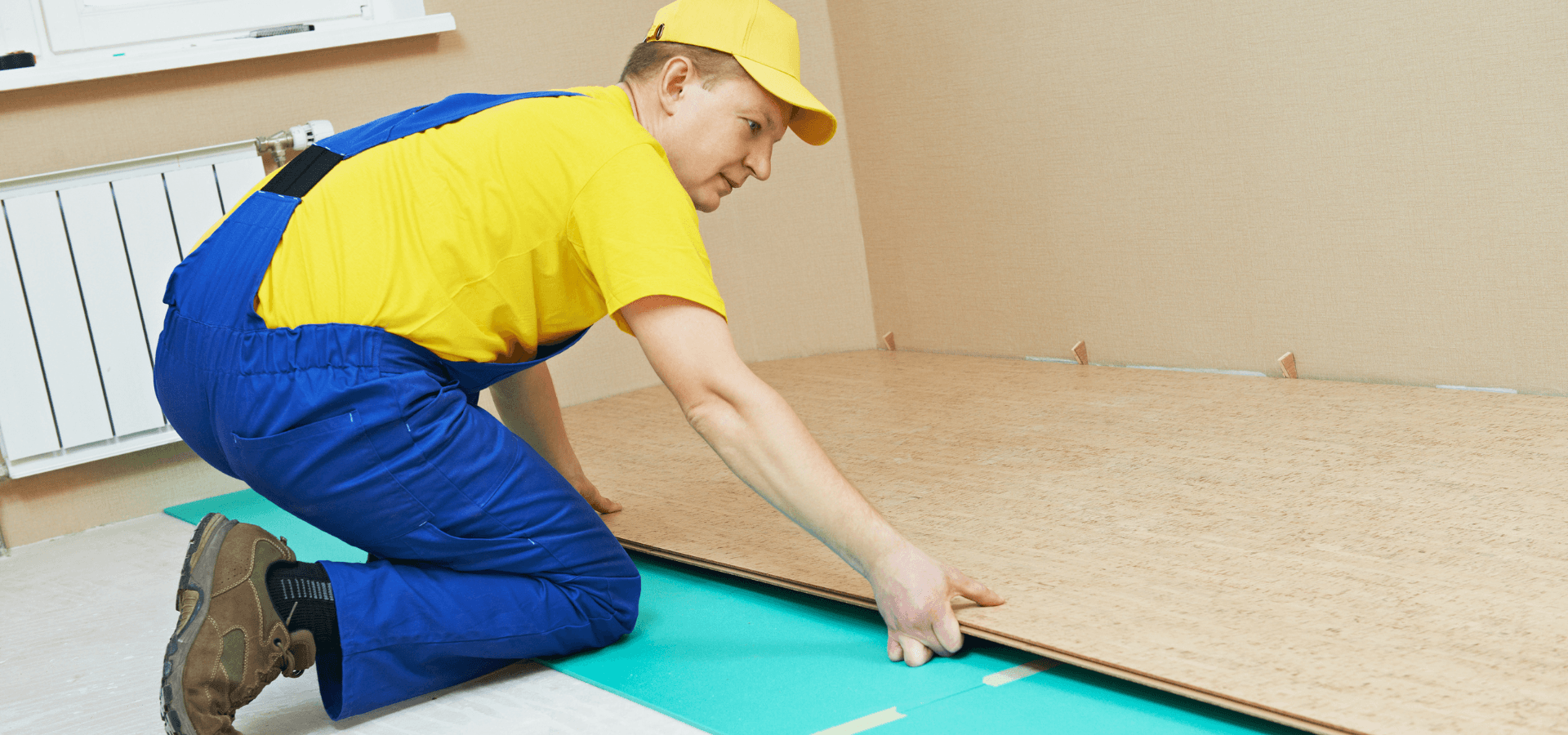The global conversation around sustainability is intensifying, and its ripple effects are being felt across every industry, including flooring. Today’s consumers are actively seeking eco-friendly options, transforming the way we produce, sell, and think about flooring materials. This article explores the growing focus on sustainable flooring, the challenges and opportunities it presents, and actionable steps businesses can take to adapt and thrive in this evolving landscape.
Why Sustainability Matters in Flooring
As environmental concerns grow, the demand for sustainable flooring alternatives, such as cork and bamboo, is on the rise. These materials not only offer eco-conscious benefits but also align with evolving consumer values.
Real-world example: According to a recent study, the global bamboo flooring market is projected to grow significantly in the next decade, driven by increased consumer preference for renewable materials. This shift is not just a trend—it’s a reflection of a changing mindset.
Pro Tip: Educate your customers about the environmental benefits of sustainable materials. Highlight their durability, renewable nature, and reduced carbon footprint in your marketing efforts.
Regulatory Drivers of Change
Legislation like California’s AB 729 is reshaping the flooring industry. This act requires the Carpet America Recovery Effort (CARE) to impose differential assessments on each square yard of carpet sold. These charges reflect the recycling cost burden of each carpet type, encouraging manufacturers and consumers to consider more sustainable options.
Higher taxes and fees on synthetic products, as seen in California and other states, are further accelerating this shift. Companies must now balance compliance with these regulations while maintaining competitive pricing.
Pro Tip: Stay ahead of regulatory changes by implementing product tracking systems that measure the environmental impact of your offerings. This transparency can position your brand as a sustainability leader.
The Challenges of Transitioning to Sustainable Practices
Adopting sustainable practices is not without its challenges. From sourcing eco-friendly materials to adapting manufacturing processes, the path to sustainability requires investment and innovation. However, these challenges often pave the way for growth and opportunity.
Consider this scenario: A flooring company faced rising costs due to stricter recycling mandates but turned the challenge into an opportunity by launching a new line of recycled carpets. This not only offset the costs but also attracted a new segment of eco-conscious buyers.
Key Takeaway: View challenges as catalysts for innovation. Engage with suppliers and partners to explore sustainable alternatives that align with your business goals.
Benefits Beyond the Environment
Sustainability is not just about protecting the planet—it also offers tangible business advantages:
- Enhanced Brand Reputation: Eco-friendly practices resonate with consumers, building trust and loyalty.
- Market Differentiation: Sustainable products set you apart in a competitive market.
- Future-Proofing: Staying compliant with regulations reduces the risk of future disruptions.
Pro Tip: Leverage your sustainability initiatives in your branding and storytelling. Share customer testimonials or case studies that highlight the impact of your eco-friendly flooring solutions.
Actionable Steps for Flooring Businesses
To embrace sustainability effectively, flooring companies can take the following steps:
- Audit Your Current Practices: Identify areas where you can reduce waste, improve efficiency, and source sustainable materials.
- Collaborate with Stakeholders: Work with suppliers, industry associations, and regulatory bodies to stay informed and aligned with best practices.
- Educate Your Team: Ensure your sales and marketing teams understand the benefits of sustainable products to communicate effectively with customers.
- Invest in Technology: Adopt systems that track the lifecycle of your products and provide insights into their environmental impact.
- Engage with Customers: Create awareness about your sustainability efforts through campaigns, social media, and educational content.
Riding the Wave of Sustainability
The journey towards sustainability in the flooring industry may have its obstacles, but it also presents immense opportunities for growth and innovation. By embracing sustainable practices, businesses can:
- Meet evolving consumer expectations.
- Comply with regulatory requirements.
- Make a positive global impact.
As we ride this wave of change, it’s clear that sustainability is not just a cost but an investment in a greener, more resilient future. The flooring industry stands at the forefront of this transformation, proving that change, while challenging, is the key to unlocking a brighter tomorrow.






